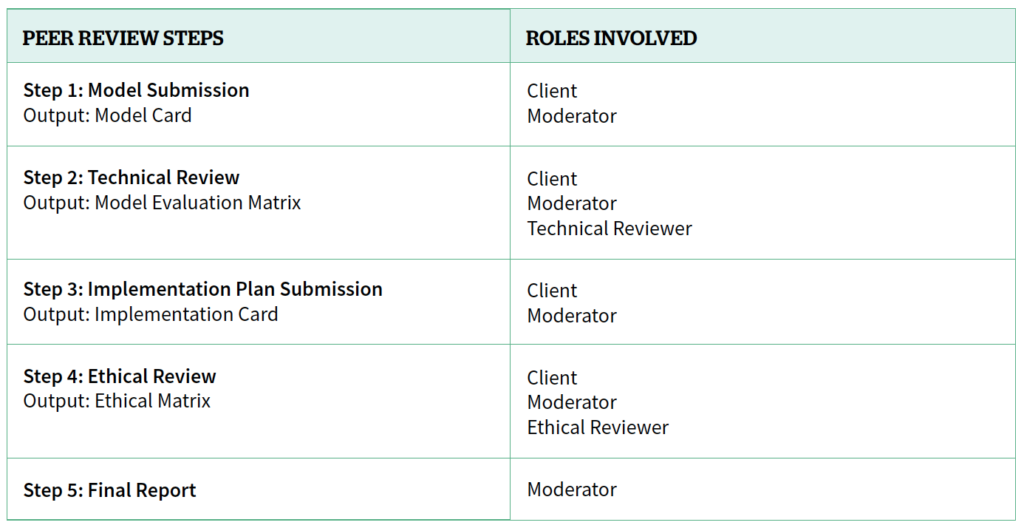Share
As the world struggles to cope with the COVID-19 pandemic, an increasing number of predictive models and projections are landing on decision makers’ desks and making their way through public media and scientific journals. Epidemic models are an essential tool in the hands of governments and policy makers for planning and responding to COVID-19. This crisis shows how predictive analytics can inform and maximise the impact of interventions, especially in resource-limited contexts. It also shows the importance of having models that are validated and ready to be deployed right before or at the beginning of a crisis.
The Centre’s Peer Review Framework for Predictive Analytics in the Humanitarian Sector aims to support humanitarians making the best use of predictive models, highlighting the scope within which models can be applied and the main risks that their deployment entails. We released an initial version of the Framework in September 2019 to further engage in discussions with our partners and receive feedback on the proposed structure and content. In collaboration with the Dutch Red Cross 510 Global Team and the Danish Refugee Council, we have tested the Framework on their models and used the lessons from that process to inform the version that we are releasing today. Note: The Framework was updated in May 2021 and can be found here.

The updated Framework includes the following changes:
1. Process improvement
We have simplified the process to incentivize model submissions and make sure we make the best use of the Client’s time and the Reviewer’s expertise. We realised that our initial process focused too much on the technical documentation with some of the key issues relevant for decision making at risk of getting overlooked.
The Framework now consists of five steps and related outputs:

2. Standard templates
To support partners and improve consistency with documentation, the Framework includes standard templates for model reporting and evaluation, including a Model Card, Model Evaluation Matrix, Implementation Card, and Ethical Matrix. This will increase transparency and will make it easier to compare different models.
3. Detailed guidance for the ethical review
We have developed a step-by-step guide for the ethical review of models. The goal is to formulate recommendations to address the risks related to the potential limitations and failures of the model. The guide supports the ethical reviewer in the following steps:
- Identify the stakeholders in the context of the algorithm and its intended use
- Identify potential algorithm failures
- Fill out specific stakeholder concerns
- Color-code specific concerns according to priority level
- Develop recommendations to address priority concerns and reduce the overall balance of consequences to an acceptable level
Next steps
We will continue to revise the Framework based on further feedback from our community. We are grateful to the partners that contributed to this updated version, particularly colleagues from the 510 Global Team, the Danish Refugee Council, the Rockefeller Foundation, and Cathy O’Neil and her team at ORCAA.
We will be publishing the first two model cards from 510 Global and the Danish Refugee Council shortly. We plan to invite technical and ethical experts to join the Reviewer Pool in the near future. We are excited about these next steps and you will hear back from the Predictive Analytics team soon. In the meantime, stay safe.